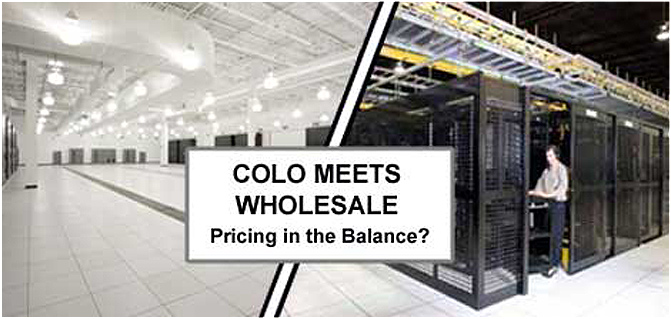
Today, there is a tremendous oversupply of datacenter space in all major markets.
These datacenter companies built huge facilities with the philosophy that if you build it, they will come.
Boy, were they wrong! They have not been able to fill them on bit, and as a result are losing a lot of money. Running an unfilled datacenter is very expensive.
These datacenter operators come to us regularly to ask if could help fill their space.
As a result, we created the NAME YOUR OWN PRICE datacenter ecosystem. You tell us the type of datacenter you want to be in (called the Tier level), your physical space and power requirements, and how much you would like to pay.
We will only match you with datacenters that meet your requirements and pricing. We are the Priceline of the datacenters.

